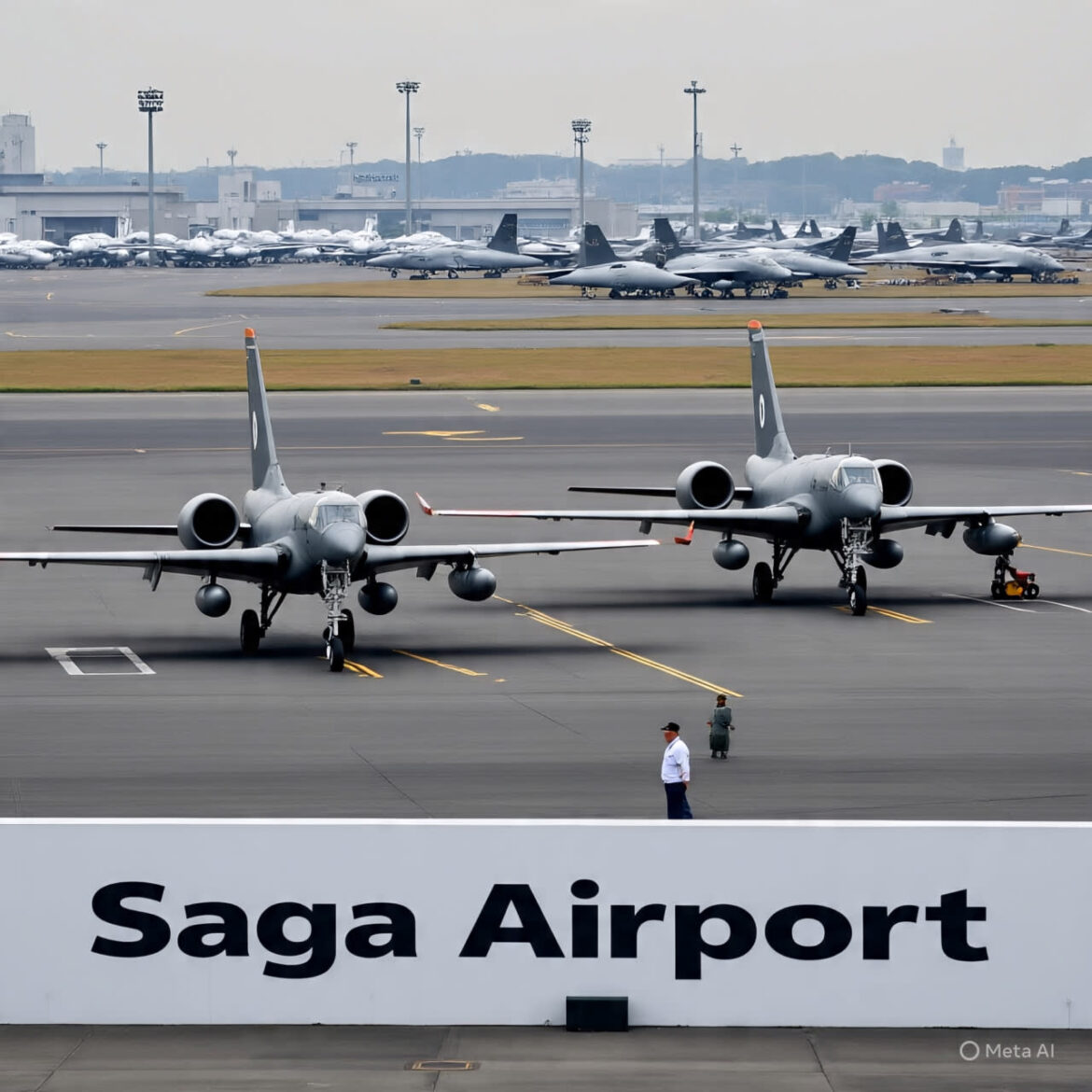Japan has begun a major strategic move to enhance its national defense by deploying its V-22 Osprey aircraft to a new base in the southwestern region of Kyushu. The Ministry of Defense announced that the fleet will now be stationed at Saga Airport, marking a critical milestone in Japan’s evolving security strategy amid rising tensions in the Asia-Pacific region, especially with neighboring China.
This deployment comes after years of debate, technical delays, and local concerns. However, with growing regional threats near the Nansei Islands and the Taiwan Strait, Tokyo has decided it’s time to act decisively.
Why the Osprey Deployment Matters
The Bell-Boeing V-22 Osprey is a unique military aircraft with the combined capabilities of a helicopter and a fixed-wing plane. It can take off and land vertically like a chopper but flies at higher speeds and longer ranges like a traditional aircraft. These qualities make it ideal for missions involving island defense, troop transport, and rapid humanitarian response.
Japan acquired 17 of these aircraft for its Ground Self-Defense Forces (GSDF), and the move to base them at Saga Airport — instead of their original temporary location at Kisarazu Air Field in Chiba Prefecture — is seen as a long-awaited step toward full operational readiness.
Focus on Southwestern Defense
The southwestern region of Japan, including the Nansei Islands chain which stretches toward Taiwan, is of strategic importance. As China’s military activities increase in the East China Sea and around Taiwan, Japan views the area as its front line of defense.
By relocating the Ospreys closer to this region, the Japanese government aims to increase its ability to respond quickly to any emergency or aggression. The move will also support the defense of smaller, remote islands that could be vulnerable to occupation or threats in times of conflict.
A senior defense official explained, “We need capabilities that allow us to move troops and supplies quickly across our southern islands. The Osprey gives us that ability.”
Part of a Larger Defense Upgrade
The Osprey deployment is just one part of Japan’s broader military strategy to adapt to a more challenging security environment. Under its new National Security Strategy announced in 2022, Japan committed to doubling its defense spending over five years — aiming to reach NATO’s standard of 2% of GDP.
The country is also acquiring long-range missiles, strengthening cyber and space defense, and deepening its alliance with the United States. Joint training exercises, intelligence sharing, and coordinated planning have all seen significant improvements.
In fact, the V-22 Ospreys being deployed by Japan are based on the same model used by the U.S. Marine Corps, ensuring operational compatibility during joint missions. The two nations regularly conduct joint military drills, particularly in Okinawa and Kyushu.
Local Concerns and Safety Issues
Despite the strategic benefits, the Osprey program has not been free of controversy. Many local residents and leaders in Saga Prefecture were initially opposed to hosting the aircraft. Concerns ranged from safety risks due to the Osprey’s past accident record to noise pollution and environmental issues.
The central government has worked to ease these fears through safety assurances, financial support for the local community, and strict operational protocols. They emphasize that the aircraft will be flown carefully and that maintenance and training will meet the highest standards.
Even so, some groups continue to voice opposition, warning that military buildup could increase the risk of Japan being drawn into regional conflicts.
Strengthening Peace Through Readiness
Supporters of the deployment argue that military readiness is not about seeking war but preventing it. A stronger Japanese Self-Defense Force sends a message that the country is prepared to protect its people and territory.
Japan remains committed to its post-WWII pacifist constitution, but changes in the region have forced Tokyo to rethink how peace can be maintained. According to defense analysts, a modern military equipped with advanced platforms like the Osprey is essential for deterrence.
“In today’s world, you can’t protect peace with outdated tools. The Osprey is part of our strategy to defend peace through strength,” one GSDF commander told local media.
Looking Ahead
As Japan completes the deployment of its Osprey fleet at Saga Airport and begins full operations, all eyes will be on how this impacts the broader regional balance. China is likely to monitor the move closely, while the United States will view it as a positive step for shared defense objectives.
Japan’s decision to station Ospreys in the southwest shows it is serious about protecting its territory and fulfilling its role as a responsible member of the international community. In an unpredictable world, mobility, readiness, and partnership will be key — and the V-22 Osprey stands as a symbol of all three.


AloJapan.com